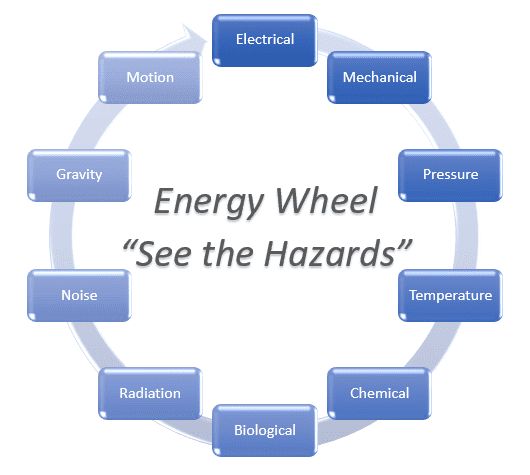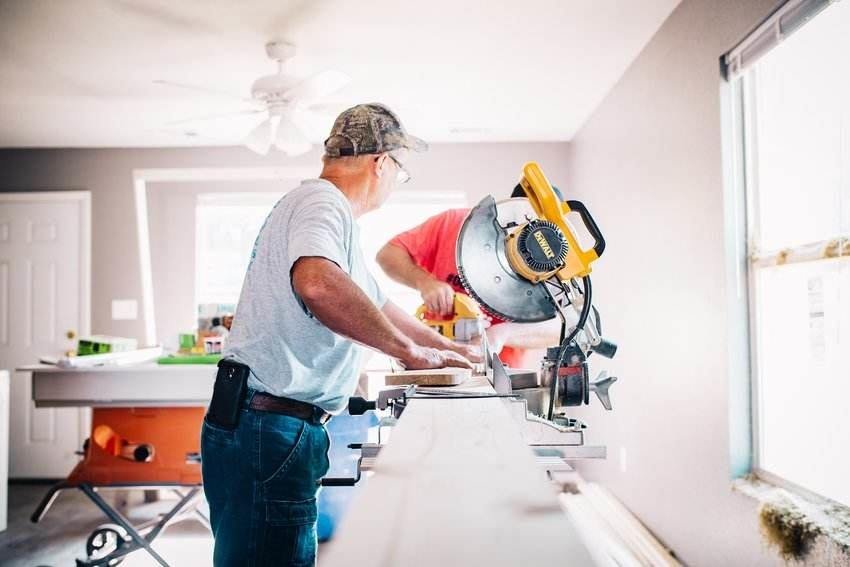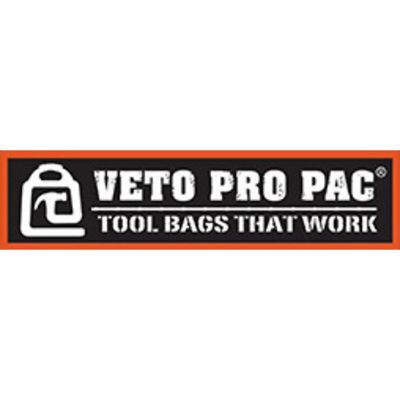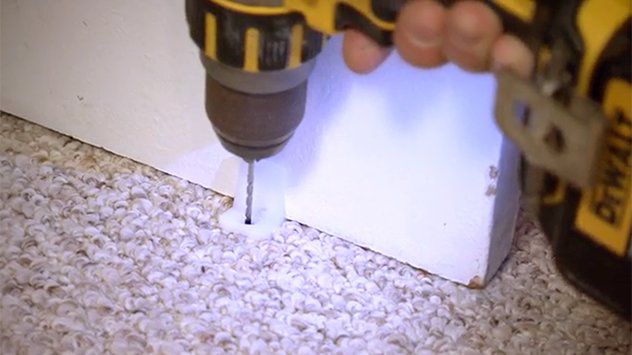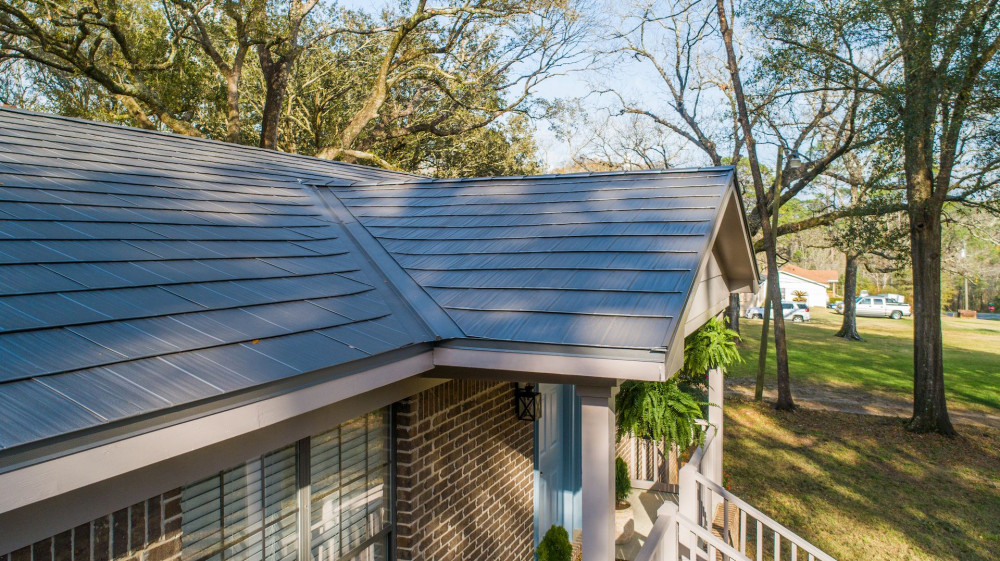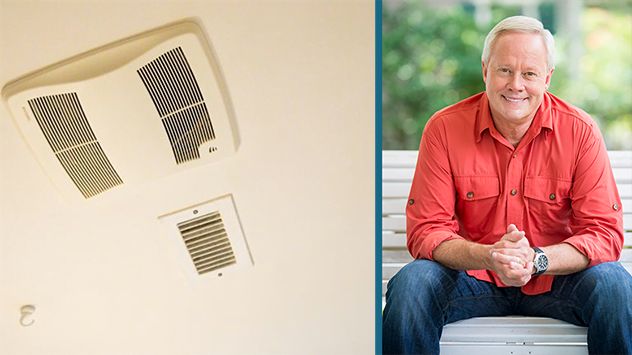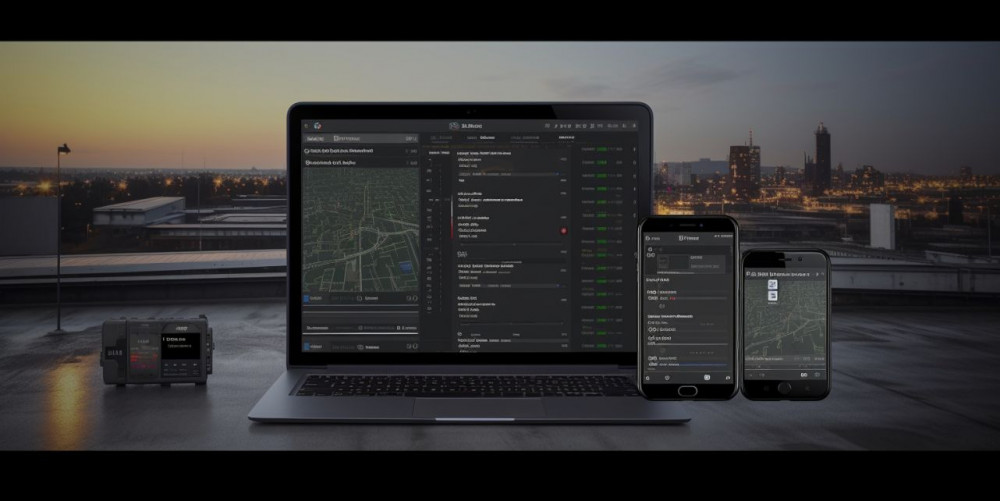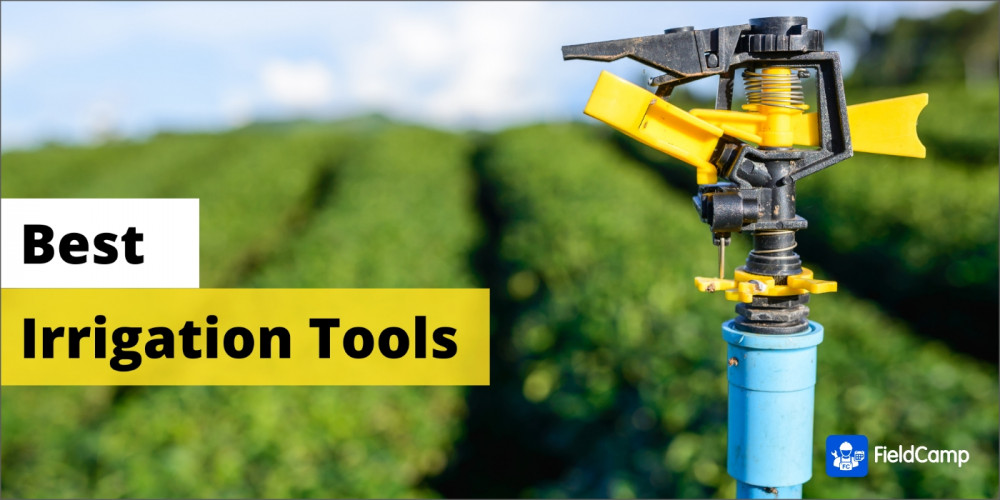A boiler is a closed vessel in which water or other fluid is heated. The heated or vaporized fluid exits the boiler for use in various processes or heating applications, including boiler-based power generation, cooking, and sanitation.
The pressure vessel in a boiler is usually made of steel (or alloy steel), or historically of wrought iron. Stainless steel is virtually prohibited (by the ASME Boiler Code) for use in wetted parts of modern boilers, but is used often in superheater sections that will not be exposed to liquid boiler water. However electrically-heated stainless steel shell boilers are allowed under the European "Pressure Equipment Directive" for production of steam for sterilizers and disinfectors.
The source of heat for a boiler is combustion of any of several fuels, such as wood, coal, oil, or natural gas. Electric steam boilers use resistance- or immersion-type heating elements. Nuclear fission is also used as a heat source for generating steam, either directly (BWR) or, in most cases, in specialized heat exchangers called "steam generators" (PWR). Heat recovery steam generators (HRSGs) use the heat rejected from other processes such as gas turbines.EGB stands for Exhaust gas boiler, which is used to make steam from exhaust gas of a diesel engine. This steam is afterwards is used to run steam turbine. This case is in practice in many CHP (Combine heat and power) power plants in the world.
In fire tube boiler, hot gases pass through the tubes and boiler feed water in the shell side is converted into steam. Fire tube boilers are generally used for relatively small steam capacities and low to medium steam pressures. As a guideline, fire tube boilers are competitive for steam rates up to 12,000 kg/hour and pressures up to 18 kg/cm2. Fire tube boilers are available for operation with oil, gas or solid fuels. For economic reasons, most fire tube boilers are nowadays of “packaged” construction (i.e. manufacturers shop erected) for all fuels.
In water tube boiler, boiler feed water flows through the tubes and enters the boiler drum. The circulated water is heated by the combustion gases and converted into steam at the vapour space in the drum. These boilers are selected when the steam demand as well as steam pressure requirements are high as in the case of process cum power boiler / power boilers.
The packaged boiler is so called because it comes as a complete package. Once delivered to site, it requires only the steam, water pipe work, fuel supply and electrical connections to be made for it to become operational. Package boilers are generally of shell type with fire tube design so as to achieve high heat transfer rates by both radiation and convection.
Fluidized bed combustion (FBC) has emerged as a viable alternative and has significant advantages over conventional firing system and offers multiple benefits – compact boiler design, fuel flexibility, higher combustion efficiency and reduced emission of noxious pollutants such as SOx and NOx. The fuels burnt in these boilers include coal, washery rejects, rice husk, bagasse & other agricultural wastes. The fluidized bed boilers have a wide capacity range- 0.5 T/hr to over 100 T/hr.
Most operational boiler of this type is of the Atmospheric Fluidized Bed Combustion. (AFBC). This involves little more than adding a fluidized bed combustor to a conventional shell boiler. Such systems have similarly being installed in conjunction with conventional water tube boiler.
In Pressurized Fluidized Bed Combustion (PFBC) type, a compressor supplies the Forced Draft (FD) air and the combustor is a pressure vessel. The heat release rate in the bed is proportional to the bed pressure and hence a deep bed is used to extract large amount of heat. This will improve the combustion efficiency and sulphur dioxide absorption in the bed. The steam is generated in the two tube bundles, one in the bed and one above it. Hot flue gases drive a power generating gas turbine. The PFBC system can be used for cogeneration (steam and electricity) or combined cycle power generation. The combined cycle operation (gas turbine & steam turbine) improves the overall conversion efficiency by 5 to 8%.
In a circulating system the bed parameters are so maintained as to promote solids elutriation from the bed. They are lifted in a relatively dilute phase in a solids riser, and a down-comer with a cyclone provides a return path for the solids. There are no steam generation tubes immersed in the bed. Generation and super heating of steam takes place in the convection section, water walls, at the exit of the riser.
Stokers are classified according to the method of feeding fuel to the furnace and by the type of grate. The main classifications are spreader stoker and chain-gate or traveling-gate stoker.
Spreader stokers utilize a combination of suspension burning and grate burning. The coal is continually fed into the furnace above a burning bed of coal. The coal fines are burned in suspension; the larger particles fall to the grate, where they are burned in a thin, fast-burning coal bed. This method of firing provides good flexibility to meet load fluctuations, since ignition is almost instantaneous when firing rate is increased. Due to this, the spreader stoker is favored over other types of stokers in many industrial applications.
Coal is fed onto one end of a moving steel grate. As grate moves along the length of the furnace, the coal burns before dropping off at the end as ash. Some degree of skill is required, particularly when setting up the grate, air dampers and baffles, to ensure clean combustion leaving the minimum of unburnt carbon in the ash.
Most coal-fired power station boilers use pulverized coal, and many of the larger industrial water-tube boilers also use this pulverized fuel. This technology is well developed, and there are thousands of units around the world, accounting for well over 90% of coal-fired capacity.
Wherever the waste heat is available at medium or high temperatures, a waste heat boiler can be installed economically. Wherever the steam demand is more than the steam generated during waste heat, auxiliary fuel burners are also used. If there is no direct use of steam, the steam may be let down in a steam turbine-generator set and power produced from it. It is widely used in the heat recovery from exhaust gases from gas turbines and diesel engines.
In recent times, thermic fluid heaters have found wide application for indirect process heating. Employing petroleum - based fluids as the heat transfer medium, these heaters provide constantly maintainable temperatures for the user equipment. The combustion system comprises a fixed grate with mechanical draft arrangements.
Boilers can be classified into the following configurations:
- "Pot boiler" or "Haycock boiler": a primitive "kettle" where a fire heats a partially filled water container from below. 18th century Haycock boilers generally produced and stored large volumes of very low-pressure steam, often hardly above that of the atmosphere. These could burn wood or most often, coal. Efficiency was very low.
- Fire-tube boiler. Here, water partially fills a boiler barrel with a small volume left above to accommodate the steam (steam space). This is the type of boiler used in nearly all steam locomotives. The heat source is inside a furnace or firebox that has to be kept permanently surrounded by the water in order to maintain the temperature of the heating surface just below boiling point. The furnace can be situated at one end of a fire-tube which lengthens the path of the hot gases, thus augmenting the heating surface which can be further increased by making the gases reverse direction through a second parallel tube or a bundle of multiple tubes (two-pass or return flue boiler); alternatively the gases may be taken along the sides and then beneath the boiler through flues (3-pass boiler). In the case of a locomotive-type boiler, a boiler barrel extends from the firebox and the hot gases pass through a bundle of fire tubes inside the barrel which greatly increase the heating surface compared to a single tube and further improve heat transfer. Fire-tube boilers usually have a comparatively low rate of steam production, but high steam storage capacity. Fire-tube boilers mostly burn solid fuels, but are readily adaptable to those of the liquid or gas variety.
- Water-tube boiler. In this type, the water tubes are arranged inside a furnace in a number of possible configurations: often the water tubes connect large drums, the lower ones containing water and the upper ones, steam and water; in other cases, such as a monotube boiler, water is circulated by a pump through a succession of coils. This type generally gives high steam production rates, but less storage capacity than the above. Water tube boilers can be designed to exploit any heat source and are generally preferred in high pressure applications since the high pressure water/steam is contained within small diameter pipes which can withstand the pressure with a thinner wall.
- Flash boiler. A specialized type of water-tube boiler.
Historically, boilers were a source of many serious injuries and property destruction due to poorly understood engineering principles. Thin and brittle metal shells can rupture, while poorly welded or riveted seams could open up, leading to a violent eruption of the pressurized steam. When water is converted to steam it expands to over 1,000 times its original volume and travels down steam pipes at over 100 kilometres per hour. Because of this steam is a great way of moving energy and heat around a site from a central boiler house to where it is needed, but without the right boiler feed water treatment, a steam-raising plant will suffer from scale formation and corrosion. At best, this increases energy costs and can lead to poor quality steam, reduced efficiency, shorter plant life and unreliable operation. At worst, it can lead to catastrophic failure and loss of life. Collapsed or dislodged boiler tubes can also spray scalding-hot steam and smoke out of the air intake and firing chute, injuring the firemen who load the coal into the fire chamber. Extremely large boilers providing hundreds of horsepower to operate factories can potentially demolish entire buildings.
Most boilers produce steam to be used at saturation temperature; that is, saturated steam. Superheated steam boilers vaporize the water and then further heat the steam in a superheater. This provides steam at much higher temperature, but can decrease the overall thermal efficiency of the steam generating plant because the higher steam temperature requires a higher flue gas exhaust temperature. There are several ways to circumvent this problem, typically by providing an economizer that heats the feed water, a combustion air heater in the hot flue gas exhaust path, or both. There are advantages to superheated steam that may, and often will, increase overall efficiency of both steam generation and its utilisation: gains in input temperature to a turbine should outweigh any cost in additional boiler complication and expense. There may also be practical limitations in using wet steam, as entrained condensation droplets will damage turbine blades.
Supercritical steam generators are frequently used for the production of electric power. They operate at supercritical pressure. In contrast to a "subcritical boiler", a supercritical steam generator operates at such a high pressure (over 3,200 psi (22.06 MPa) or 3,200 psi (220.6 bar)) that the physical turbulence that characterizes boiling ceases to occur; the fluid is neither liquid nor water but a super-critical fluid. There is no generation of steam bubbles within the water, because the pressure is above the critical pressure point at which steam bubbles can form. As the fluid expands through the turbine stages, its thermodynamic state drops below the critical point as it does work turning the turbine which turns electrical generator from which power is ultimately extracted. The fluid at that point may be a mix of steam and liquid droplets as it passes into the condenser. This results in slightly less fuel use and therefore less greenhouse gas production. The term "boiler" should not be used for a supercritical pressure steam generator, as no "boiling" actually occurs in this device.
Hydronic boilers are used in generating heat for residential and industrial purposes. They are the typical power plant for central heating systems fitted to houses in northern Europe (where they are commonly combined with domestic water heating), as opposed to the forced-air furnaces or wood burning stoves more common in North America. The hydronic boiler operates by way of heating water/fluid to a preset temperature (or sometimes in the case of single pipe systems, until it boils and turns to steam) and circulating that fluid throughout the home typically by way of radiators, baseboard heaters or through the floors. The fluid can be heated by any means...gas, wood, fuel oil, etc., but in built-up areas where piped gas is available, natural gas is currently the most economical and therefore the usual choice. The fluid is in an enclosed system and circulated throughout by means of a pump. The name "boiler" can be a misnomer in that, except for systems using steam radiators, the water in a properly functioning hydronic boiler never actually boils. Some new systems are fitted with condensing boilers for greater efficiency. These boilers are referred to as condensing boilers because they are designed to extract the heat of vaporization of the flue gas water vapor. As a result of the lower flue gas temperatures, flue gas water vapor condenses to liquid and with dissolved carbon dioxide forms carbonic acid. The carbonic acid would damage a typical boiler by corroding the flue and fireside boiler heating surfaces. Condensing boilers solve this problem by routing the carbonic acid down a drain and by making the flue exposed to the corrosive flue gas of stainless steel or PVC. Although condensing boilers are becoming more popular, they are still less common than other types of hydronic boilers as they are more expensive.
Most boilers now depend on mechanical draught equipment rather than natural draught. This is because natural draught is subject to outside air conditions and temperature of flue gases leaving the furnace, as well as the chimney height. All these factors make proper draught hard to attain and therefore make mechanical draught equipment much more economical.
